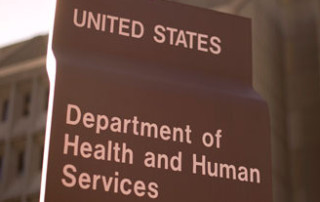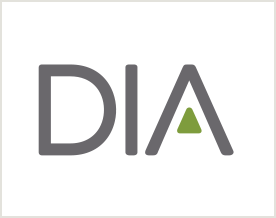Don’t Believe the Hype – International Reference Pricing Will Cost Far More than 1% of R&D Budgets
By Duane Schulthess - 26 December 2018
It’s odd that a city like Brussels managed to carve itself out a niche as one of the major political centres of the world. The medieval site of a notoriously typhus infested bog, one of the main streets in downtown, ‘Rue du Marais’, literally means, “Street of the Swamp” and the name of the city itself comes from the old Flemish word Broekzele, which roughly translates to ‘settlement in the swamp.’ So, when one talks politically of draining the swamp, at least in Brussels, it carries a literal interpretation that is often distant from the current political climate in DC.
What goes without question is that both Brussels and DC are currently heaving under waves of increasing populist threats to drain political swamps. With the Brexit referendum followed by the election of President Trump, we also now have the Yellow Vest protests in France coupled with a letter accusing President Macron of treason signed by a dozen French generals and a former Minister of Defense. There is an air of anger against political institutions on both sides of the Atlantic, and increasingly, the heated rhetoric is being pointed at the price of medicines.




 Duane Schulthess, Managing Director of Vital Transformation, and Luca Pani, former Director General of the Italian Medicine's Agency and currently a Faculty Member at the University of Miami, will run a 3 hour and 15 minute Short Course outlining how best to harness RWE to better understand the price, value, and impact of next generation therapies.
Duane Schulthess, Managing Director of Vital Transformation, and Luca Pani, former Director General of the Italian Medicine's Agency and currently a Faculty Member at the University of Miami, will run a 3 hour and 15 minute Short Course outlining how best to harness RWE to better understand the price, value, and impact of next generation therapies. 












